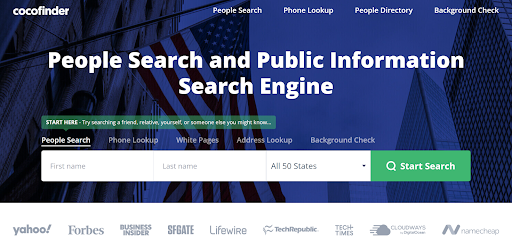In today’s rapidly evolving business landscape, effective writing plays a pivotal role in ensuring clear and effective communication. This clarity is never more critical than in employee training and development. Effective writing is foundational to these processes, as it ensures training materials are both accessible and easy to understand for employees at all skill levels. By prioritizing concise and comprehensive language in these materials, companies can bridge the gap between knowledge and application, making it easier for employees to grasp intricate concepts.
Understanding the role of effective writing in training
In training, clarity and accessibility are paramount. Training documents filled with jargon or dense text can overwhelm employees, leading to misunderstandings and reduced retention of information. Comprehensive risk management writing services make these documents user-friendly, breaking down complex ideas into simpler, manageable terms. This approach helps in creating better learning experiences and ensures that the information is retained longer. By investing time in crafting clear and precise documentation, companies can significantly enhance the learning curve for their employees, leading to more productive and efficient training sessions.
Impact on employee performance and retention
Studies have shown that structured and well-documented training leads to improved performance and increased job satisfaction among employees. One company saw dramatic improvements in both employee performance and retention rates after revamping their training materials to be more clear and concise. Before this change, employees often felt lost or overwhelmed, leading to low morale and high turnover rates. By improving the quality of their training documents, they saw a 30% boost in employee performance metrics and a 20% improvement in annual retention rates. This common case illustrates the tangible benefits that effective writing can bring to any organization.
Best practices for integrating effective writing into corporate training
To effectively integrate better writing practices into corporate training, companies should start by assessing their current training materials for clarity and accessibility. Engaging in continuous feedback loops is crucial to keep the materials relevant and easy to understand. Utilizing tools like plain language guidelines and industry-specific writing standards can also be helpful. Additionally, companies should consider hiring professionals skilled in instructional design to create and periodically update these materials. By doing so, businesses can ensure that their training programs are both effective and engaging, leading to better-prepared employees and more efficient operations.
Importance of clear communication in business settings
Clear communication is the backbone of any successful business operation, both internally and externally. Internally, it involves memos, emails, and reports that keep employees informed and aligned with company objectives. Externally, it covers press releases, customer correspondences, and marketing materials that shape the company’s public image. Poor communication can lead to misunderstandings, decreased productivity, and even financial losses. Therefore, utilizing expert editing services to polish and refine business communications is essential for maintaining clarity and coherence.
Steps to improve corporate communication with editing
The first step to enhancing corporate communication through editing is identifying areas that require improvement. Companies should start by auditing their existing documents to pinpoint issues such as unclear language or inconsistent messaging. Engaging professional editors who are skilled in business communications can make a substantial difference. After revisions, it’s important to implement a review and feedback loop to catch any remaining issues and continually improve the quality of communications. This iterative process helps maintain a high standard of clarity and coherence across all business communications.
Importance of marketing communications in talent acquisition
Marketing communications play a crucial role in attracting top talent by building a strong employer brand. Compelling job descriptions, recruitment materials, and a strong online presence can make a significant difference in how potential candidates perceive a company. Social media campaigns and well-crafted marketing messages that align with the company’s culture and values can help in creating a positive impression. This, in turn, makes it easier to attract and retain top talent, giving companies a competitive edge in the talent market.
Strategies for creating effective marketing communications
Creating effective marketing communications requires a deep understanding of the target audience. Companies should focus on crafting a unique and attractive value proposition that resonates with potential candidates. Aligning marketing messages with the company culture and values is essential to ensure authenticity. Using various platforms to reach a broader audience, such as social media, blogs, and press releases, can also amplify the impact of these communications. By employing these strategies, companies can build a compelling employer brand that attracts and retains top talent.
Case studies of successful implementations
Many businesses have successfully implemented better writing practices to enhance their training programs. For instance, a multinational technology company transformed their onboarding process by reworking their training materials. Employees who once struggled to understand technical terms now found the information easy to digest and apply. Another example is a healthcare provider that revamped its instructional materials, resulting in fewer errors and higher job efficiency among its staff. These companies’ before-and-after scenarios highlight how adopting effective writing practices can lead to measurable improvements in performance and overall job satisfaction.








